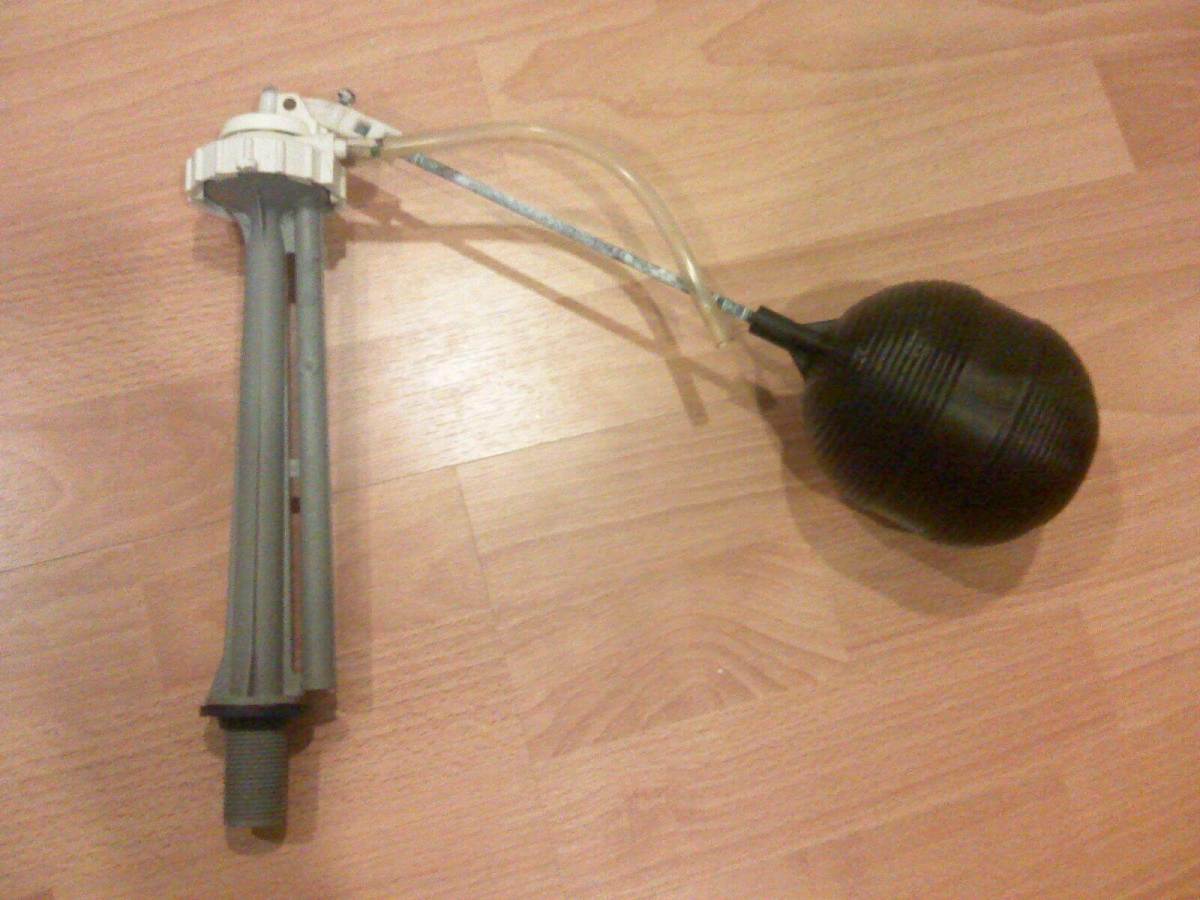It’s no secret that being a homeowner is one of the most satisfying accomplishment’s in one’s life. But being the master of your own domain isn’t always a walk in the park. While having residential security and stability is a relaxing thought, you also have additional responsibilities. Therefore, taking care of issues such as plumbing comes with the territory.
Plumbing from A to Z
If you were thinking about attempting a DYI project or two in your household, then it’s essential to possess the adequate amount of knowledge to guide your steps. Here are some of the essential plumb terms to know from A to Z, or rather from A to Y as there is no structure in the field pertaining to the alphabet’s last letter.
ABS
According to ThePlumbingInfo, ABS stands for acrylonitrile-butadiene-styrene, and it is used to construct rigid plastic pipes for drains, vents and waste removal. However, the code of most metropolitan areas no longer approves of it, so make sure to consult the one for your area.
Ballcock
The ballcock is an essential valve in the construction of a toilet tank because it controls its refill. A metal arm connects it to the float. Thus, once the water level gets high enough, the valve is shut off to prevent overflooding.
Cleanout
Sometimes vents, drains, or pipes get all sorts of debris caught inside of them, which creates an obstruction. The cleanout is a plug that is built into them so that clearing said clog becomes accessible, quick and easy.
Downpipe
The downpipe conveys storm water for the gutter and roof. In order to achieve this, it is built in a vertical manner so that it allows for proper drainage to ensue. It is also known as a downspout, and it’s indispensable for the structural integrity of a home.
Elbow
Also known as an ell, an elbow is a fitting with two openings that is used for changing the direction of a pipe line. Its angles vary from 22 ½° all the way to 90°, allowing for the construction intricacies of a building to be followed specifically.
Flange
The flange of a pipe is the curved end of the shaft which allows for two segments to be connected to one another. It can also be used to anchor them to the floor. It is a crucial term to be aware of when attempting to construct a pipe system.
Gasket
Creating a watertight seal between the joints of an installation is something that you should always focus on. A gasket comes in handy here because it is a rubber or flat fiber component which allows for two metal sections to be fastened together.
Interceptor
Our sewage can sometimes be riddled with undesirable or even hazardous materials. This is where the interceptor comes in. This device is specifically designed to retain such toxic discharge so that normal liquid waste can be disposed of.
Overflow Tube
The overflow tube is a toilet’s safety system for when the ballcock fails. This vertical component directs the water straight from the tank to the bowl so that external leakage is avoided. When it is activated, the toilet will sound like it’s constantly running.
Sump Pump
Usually located in a home’s basement, the sump pump collects the water around the foundation and redirects it as far away from it as possible. Thus, it is essential for the structural integrity of any living space.
Trap
A drain line’s trap consists of a curved section that retains a small amount of water in it called a trap seal. Its purpose is to prevent sewage odors from permeating one’s home. Fixtures with drains usually have a P-trap installed, while toilets have an S-trap.
Union
Always used with steel pipes that are non-DMV, the union allows for two sections to be disconnected without having to cut the tube. Thus, they are joined and maintain their wholeness, yet separate at the same time.
WYE
More intricate piping systems require fittings that handle their creation with ease. For such purposes, components like the WYE fitting exist. It is Y-shaped, thus having three openings that allow for branch lines to be put together.
Yoke Vent
When waste stacks and vent stacks meet, compression can be created between them. This is because odors and gases escape through the top. A yoke vent is thus placed at the junction so that pressure changes are avoided in the area, thus preventing serious damage.
The Bottom Line
These are but a few of the plumbing terms that you need to be familiar with in order to understand how water enters and exits your home. Being able to see the bigger picture in this is an important first step towards finding solutions on our own. As it is the case with many other fields, knowledge is power when it comes to home repairs.
















Leave a Comment